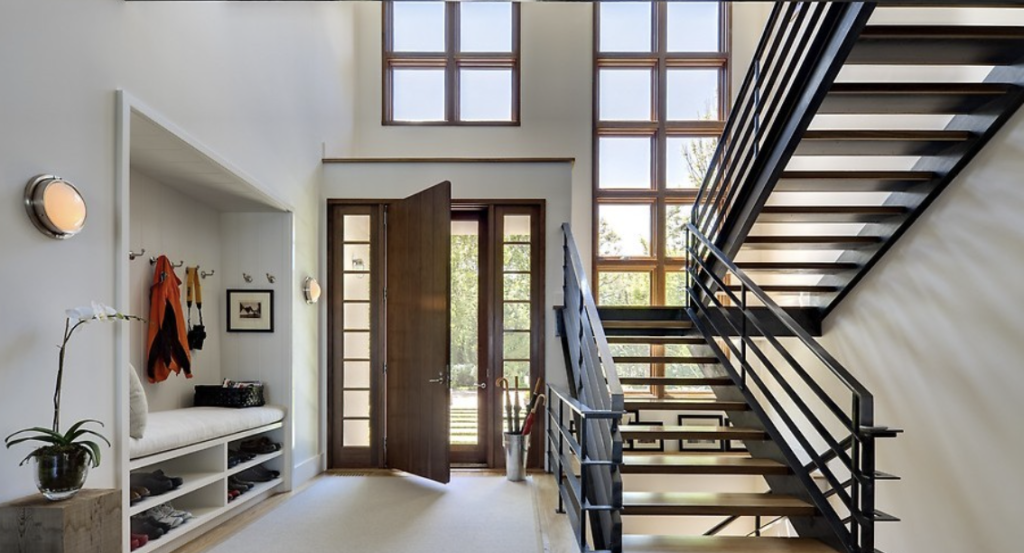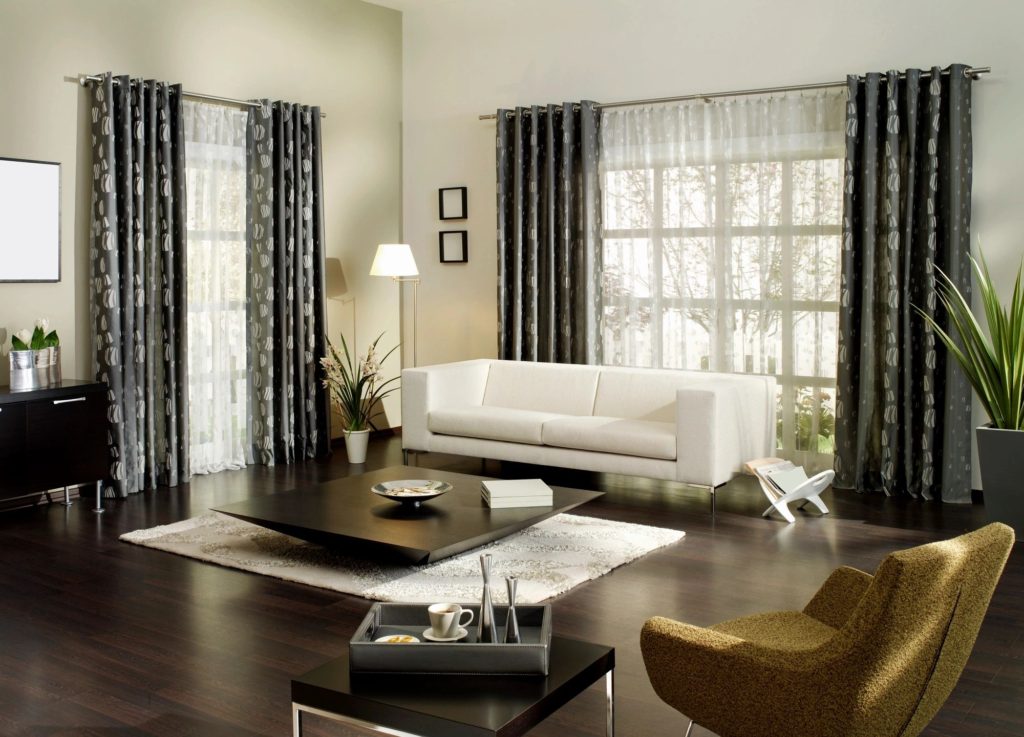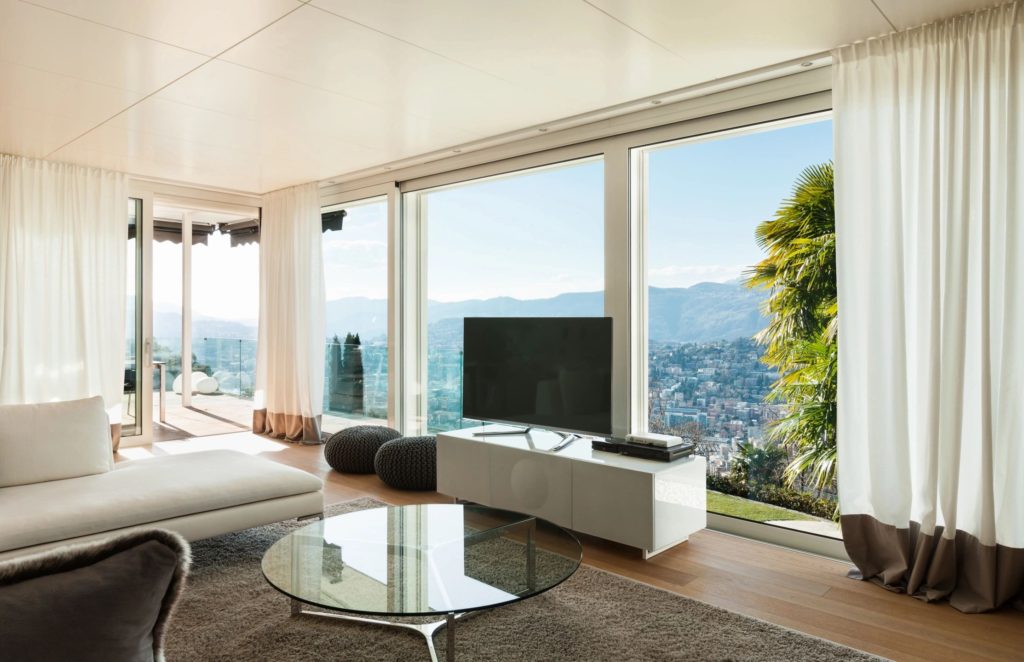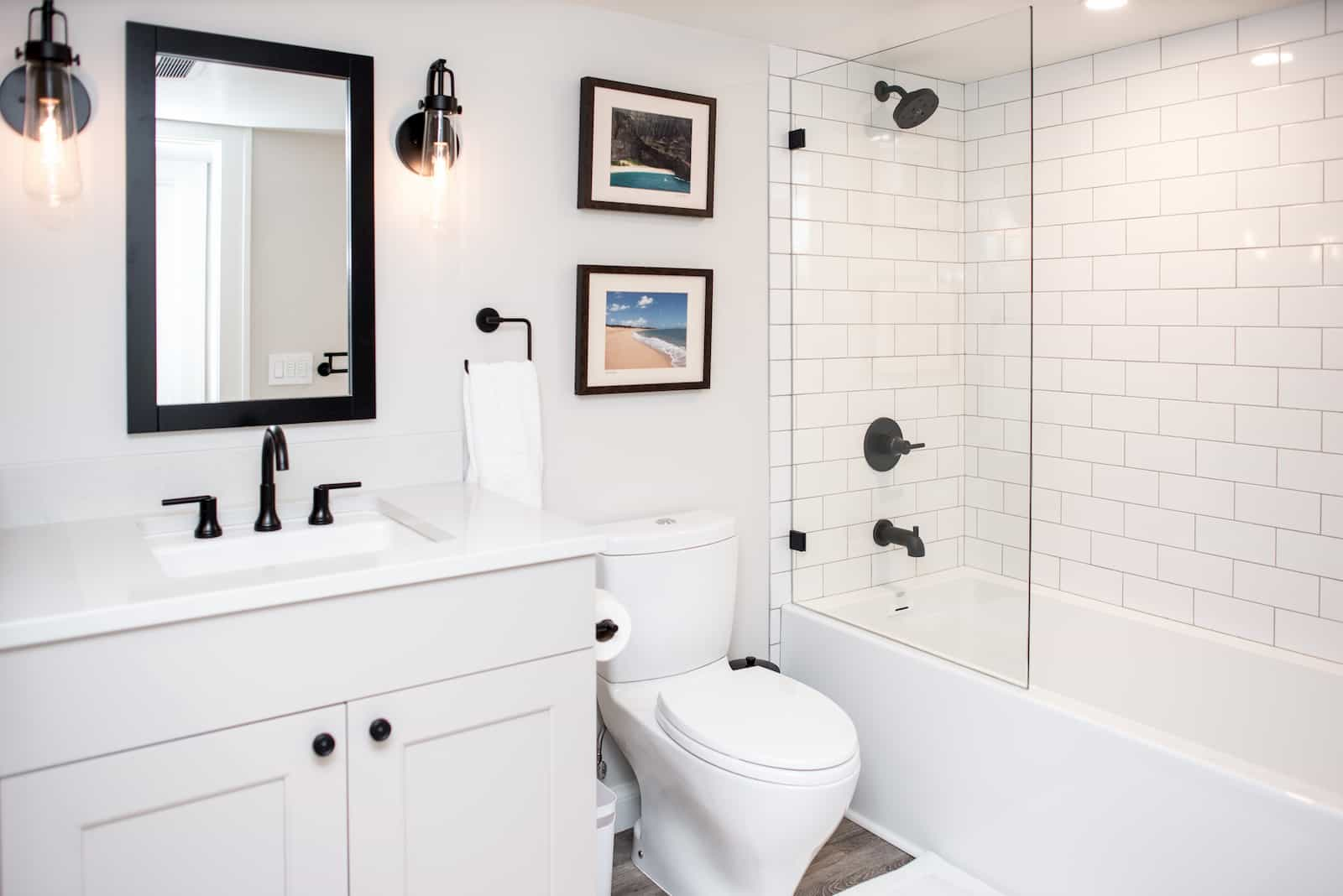Many believe that to lead a more organized and inspired life, the clutter around you must be cleared. It’s simple: if your home is organized, your mindset will be too.
A clean and balanced home is actually a launching pad for many other goals and resolutions. So if you’re already starting to fail at some of your other 2019 resolutions, try this home resolution instead: find more space in your
home by clearing out the clutter! Follow these ten tips and I promise you it
will inspire you to complete your other resolutions and lead you to a more
organized and happier year!
Pantries
Create room by removing the large and awkward food packaging. Purchase clear, air-tight containers, take the box of your food item, and cut out the product name, nutritional facts and expiration date. Tape them to the inside of your clear container and then seal the food.
Pantries Shelves
Arrange the food on your shelves to help keep your resolutions. Make “first choice” shelves for the food that you want to stay on that diet. Make shelves that are for the kids snacks or foods that you’re just not going to have on a regular basis anymore… You get the idea –some shelves are just for the once a week treat. Some are for every day.
Pantry Storage
If you like to buy in bulk, put the bulk of your paper goods in another location, perhaps a closet or the garage, and place only what you need in your pantry— restock as needed.
In the Kitchen
When storing pots, pans and other durable items, stack them on their sides
like files. This simple step not only creates more room, it also allows you to see exactly what you need. Caddies or sorters from a shelf or container store are great tools for vertical organizing. Have all this in mind in your next kitchen remodeling as well.
Dressers
Place clothing in drawers vertically (not the traditional horizontal piles) because it not only maximizes space, it allows you to find items more quickly. You can purchase wooden planks or plastic planks to use as dividers. This way you can see all of your clothes at once when you open the drawer.
Closets
If your shoes don’t have a place they end up in a pile taking up valuable
space. Place shoes and accessories in clear plastic containers so you can see
everything and tape their photo to the inside of their container with photo facing out. This little step gives you triple duty: more space, you can find it easily and better still you can put it away in the exact same spot for next time that hot date rolls around…
Organize by Color
Organize your closet and drawers dark to light. It can be great way to find out that you really have way too many black blouses… and you can keep your resolution of being a kinder gentler you by donating the extras!
Kids’ Rooms
Purchase bed raisers for under-the-bed storage. You can store everything from shoes, laundry basket, books and any bulky items that might otherwise clutter their room.
A Baby’s Closet
Is there room to add another bar? Take advantage of the fact that baby clothing is smaller and if you can, add an additional bar to hang the clothing to maximize space. You can purchase pre-made closet organizers that you can customize to make the most out of baby’s closet.
The best trick to more space in your home, less is more! So if you find you have extra things laying around, throw a reverse housewarming party! You’ll be starting a new party trend. Set aside your unwanted items and instead of having your friends bring a housewarming gift, they are to pick one of your items and take it home with them. This is a great way to reunite with friends, find your unwanted things a good home, and de-clutter all at the same time!
Originally posted on porch.com

 See Our National Coverage Map
See Our National Coverage Map





